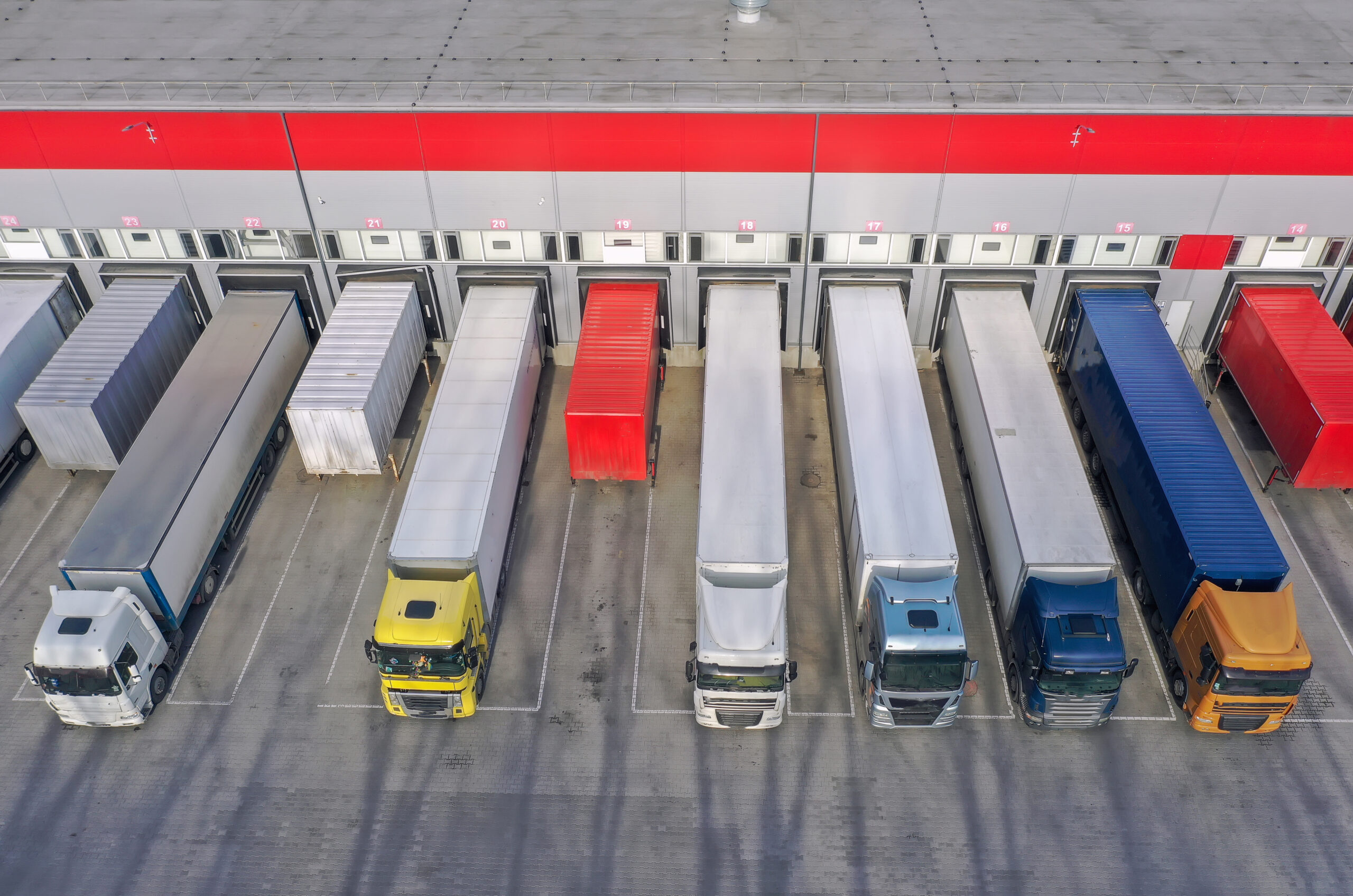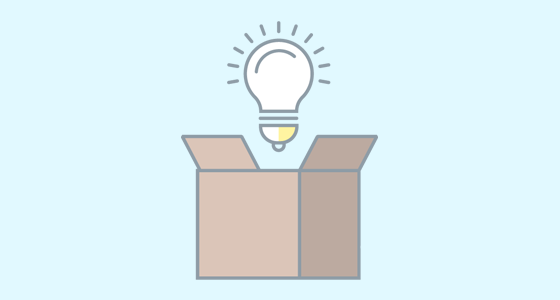
It’s often said that the last mile is the hardest mile. That certainly applies in B2B Ecommerce, where the challenge of getting goods to customers can make or break a business. Get distribution wrong, and no matter how robust the processes up to delivery, the customer experience will still be negative. Get it right with a strong distribution strategy, on the other hand, and it becomes a competitive advantage. Ultimately, your best strategy depends on a number of factors. Find out which one works best for your B2B business.
Direct Distribution
As the most common means of fulfillment in B2B, direct distribution draws a straight line from manufacturer to end user. There is no third-party partner or intermediary involved. It’s the model for Ecommerce, and is powering a continued shift to digital channels in B2B, particularly as a result of the pandemic. B2B Ecommerce is forecast to deliver an astonishing 18.7% market growth by 2028. Direct distribution is most effective when there is a lower volume of sales but a higher ticket value. Typically, this lends itself to a longer sales cycle and a greater need for the business to nurture and educate customers.
Pros
Direct distribution gives the manufacturer complete control of the customer experience, and maintains a close connection from lead nurturing right through to after-sales support. It also gives complete visibility of inventory and sales data, with the right management software, of course.
Cons
There is an extra logistical layer to accommodate in business operations, from the need to manage warehousing, to vehicle fleets and delivery staff. That’s both a cost and a risk, since inventory is vulnerable to fire, theft or overstocking.
Indirect Distribution
The alternative to direct distribution is to outsource to a specialist intermediary. Depending on the B2B sector, that could be a reseller (in the case of SaaS technology), operator (eg. tours and travel), or agent (eg. insurance and financial services). A tool manufacturer who distributes their kit through a big box-building supplies merchant is an example of indirect distribution in action. In some cases, however, the agreement might be for the distributor to rebadge your product as their own white-label solution.
Pros
Indirect distribution takes a huge logistical burden off your business, narrowing your focus from potentially thousands of customers spread nationwide to a handful of intermediaries in each region.
Cons
The customer relationship shifts from your business to the third-party distributor, and if the process is negative there is less your business can do to resolve the issue.
Intensive Distribution
In the brick and mortar world, intensive distribution describes the “pile ‘em high” philosophy — saturate as many places as possible with your product. Clearly that works best for low ticket items, which is why it’s the favored approach for beverages, snacks and more recently, hand sanitizer. In B2B Ecommerce, “going intensive” means getting your product or service into the big online marketplaces worth a combined $31 billion, and growing. These range from the familiar, such as Amazon and Alibaba, to niche marketplaces, such as Kitmondo (machinery), Mable (food & beverage) and Arrow (tech).
Pros
Intensive distribution offers the chance to bring your product to a bigger audience, streamline processes and increase revenue.
Cons
The flipside is that competition is inevitably fierce, and bulk pricing or discounting may be required to match surrounding offers.
Exclusive Distribution
For high-ticket and luxury goods in particular, exclusive distribution through a limited number of third-party retailers offers some significant benefits. For a start, these distributors have an intimate understanding of their target market, and have a clear incentive to educate and support customers to the same standard as the manufacturer.
Pros
Not only can an exclusive distributor provide pre- and post sales support, but they can also localize or personalize your product/service to a target market that would be too granular for you to reach as a business.
Cons
Success hinges on the relationship between manufacturer and distributor, and the bigger the market share of the latter, the less leverage your business has when it comes to negotiating terms and commission.
Why a Strategic Distribution Plan Is Critical to Your Sales and Revenue
The most seamless path for any Ecommerce B2B business is direct distribution, but with that comes the need to invest in systems and processes that give sufficient visibility of sales, inventory and returns, as well as actionable insight when it comes to optimizing processes and forecasting demand.
Indirect distribution, on the other hand, whether intensive or extensive, can add unnecessary friction. Often, your sales and inventory platform are unable to communicate with the third-party platform, or your sales data doesn’t feed back into the strategy of your own sales team.
In short, you need a plan. One that helps you get ahead of demand and stay on top of trends and market forces or events (ie. the pandemic).
How To Optimize your Distribution Strategy
Satisfy your buyers before and after the sale by pairing strong distribution management techniques and tools with Zoey’s order capture and management solutions. Zoey’s product catalog and inventory management capabilities integrate seamlessly with your distribution tools and services, regardless of how you run your business. See how you can leverage Zoey by requesting a demo today.
Nick Marshall is a freelance writer from the UK covering B2B marketing, emerging tech, payments and Ecommerce. He lives on a tiny island with slow internet in the French Caribbean, but was formerly an agency copywriter in the UK.





